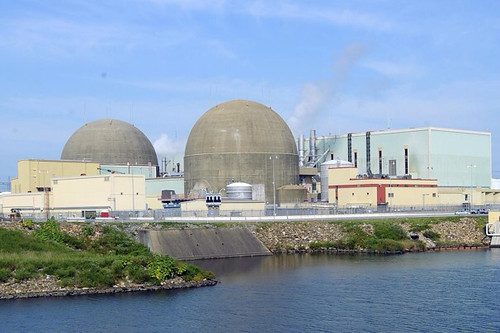Last summer’s Virginia earthquake continues to reverberate in the scientific community.
The 5.8-magnitude tremor August 23 wasn’t huge by global standards, but punched above its weight. Scientists were struck by the way the tremor near the town of Mineral managed to damage the nation’s capital 84 miles away, putting cracks in the Washington Monument and toppling a spire at the National Cathedral. So: How’d it do that?
They’re also studying the ongoing aftershock sequence. The Mineral event isn’t truly over, because the fault is still generating small quakes, though fewer and fewer. Herein lies a research opportunity for understanding enigmatic East Coast tremors — how long does it take for the earth to calm down?
“The scientific evidence suggests that much of the earth’s crust is in a condition where the rock is close to failure everywhere,” said U.S. Geological Survey geophysicist Bill Ellsworth. “Even in the East Coast, the rocks are highly stressed.”
And Mineral is also a warning. No one was shocked when a moderate quake hit the Central Virginia Seismic Zone — that’s precisely where you might expect an earthquake. But it was much bigger than any recorded tremor in the zone. The previous standard was a roughly 5-magnitude event in 1875, its strength estimated from the damage it caused.
The obvious implication is that other seismic zones in the east are capable of generating earthquakes more powerful than anything in the historical record.
“The Virginia earthquake suggests that what we’ve seen in the past is not as bad as what we could potentially see in the future,” said John Ebel, a Boston College geophysicist who spoke with reporters in a conference call Wednesday from a meeting of the Seismological Society of America in San Diego.
Based on what happened in Virginia, “we have a seismic hazard that we really have to take seriously” in other major East Coast cities, including Philadelphia, New York, Providence and Boston, Ebel said. More
Nuclear plant operators globally must take heed of this information, and build it into their risk planning. Also see this article by KENICHI OHMAE. Editor
